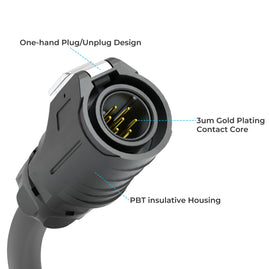If you’ve been involved in a pedestrian accident, you may be wondering about your legal options. In this article, we’ll go over the basics of pedestrian accident lawsuits.
Negligence and Liability
In a pedestrian accident lawsuit, the plaintiff (the person who was injured) must prove that the defendant (the person responsible for the accident) was negligent and therefore liable for the injuries sustained. Negligence can include speeding, distracted driving, drunk driving, failure to yield, and other factors that contributed to the accident.
Damages
If the plaintiff can prove negligence and liability, they may be entitled to damages. Damages can include medical expenses, pedestrian accident lawyers lost wages, pain, and suffering, and other costs associated with the accident.

Settlements vs. Trials
Pedestrian accident lawsuits may be settled outside of court or may go to trial. Settlements allow both parties to avoid the time and expense of a trial but may result in lower compensation for the plaintiff. Trials allow for a judge or jury to determine the outcome of the case, but can be time-consuming and costly.
Statute of Limitations
It’s important to note that there is a statute of limitations for pedestrian accident lawsuits. This means that there is a limited amount of time in which a plaintiff can file a lawsuit after the accident occurs.
Conclusion
Pedestrian accident lawsuits can be complex, but by understanding the basics of negligence, liability, damages, settlements vs. trials, and the statute of limitations, you can make informed decisions about your legal options.




